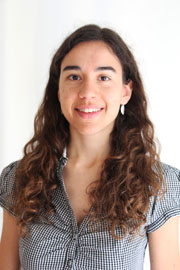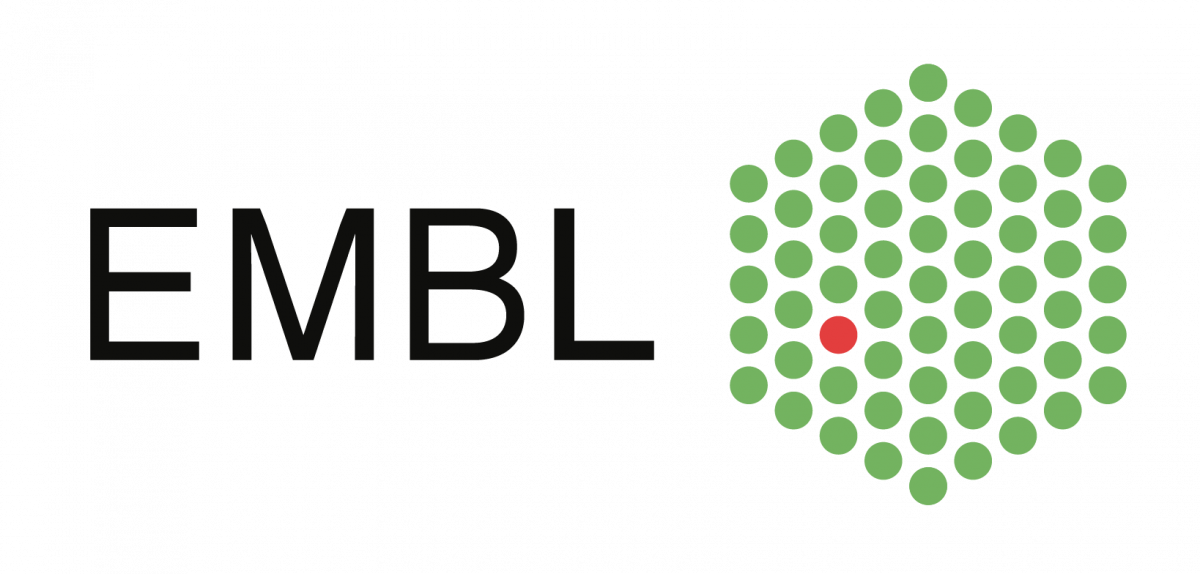- You are here: Inicio > Research Programmes > Systems and Synthetic Biology > Rosa Martinez Corral
Se encuentra usted aquí
Rosa Martinez Corral
 Rosa Martinez Corral
Rosa Martinez Corral
 Systems and Synthetic Biology
Systems and Synthetic Biology
- Group page
- Research lines
- Group members
- Publications

Systems and Synthetic Biology

Biosketch
From Jan. 2023.Independent Fellow, Barcelona Collaboratorium for Modelling and Predictive Biology, Barcelona, Spain(Spain)
2019-2022 Postdoctoral fellow in the laboratories of Prof. Jeremy Gunawardena and Prof. Angela DePace,Harvard Medical School, Boston, USA
2014-2018-PhD in Biomedicine in the laboratory of Prof. Jordi Garcia-Ojalvo, Universitat Pompeu Fabra, Barcelona, Spain
2013-2015- MSc in Bioinformatics for Health Sciences, Universitat Pompeu Fabra, Barcelona, Spain
2009-2013- BSc in Human Biology, Universitat Pompeu Fabra. Barcelona, Spain.
Summary
What are the general principles that govern the emergence of life-enabling behaviour from a collection of (dead) molecules? How can we understand how a given behaviour emerges, such that we can design interventions to modify it, for example to cure a disease? These are the overarching questions that drive my research. In order to address them, I study fundamental cellular regulatory processes, like signal transduction and gene regulation, using theory and mathematical modelling, coupled with the analysis of experimental data from collaborating groups.
Life emerges from the dynamical interactions among many components at the molecular, cellular and supra-cellular levels. Therefore, when we study a given process we can never account for all the elements involved in it with the same level of detail. Typically, we choose a subset of components to focus on (“system”), and abstract away the rest into the so-called “context”. However, the context and the system are coupled. The behaviour of a given system will typically depend on the context, but how and why is often not well understood. This is precisely the problem that I address. In addition to investigating qualitative effects of the context brought by the presence of different molecular components, I am particularly interested in quantitative effects, brought by differences in concentrations or reaction rates. Beyond revealing fundamental biological insight, I ultimately hope this research will facilitate practical progress in applied areas from synthetic biology to personalized medicine, where for example the behaviour of a gene circuit depends on the cell type, and two different people provide two different contexts for the effects of mutations or drugs.

When we study a given process, we must always choose a subset of elements to focus on (“system”). The rest is left into the “context”. Different contexts can lead to fundamentally different behaviours. We are interested in revealing general principles underlying context-dependency.
Funding Acknowledgements


The role of context in transcription factor function
Transcription factors (TFs) are key cellular regulatory proteins that orchestrate gene regulation, the fundamental process of controlling which genes are transcribed and how much at any given time in a cell. TFs work by binding to specific sequences on DNA, and interacting with co-regulators and the transcriptional machinery. Very often, the same TF behaves differently in different genes, developmental time points or cell types. We are investigating the molecular mechanisms underlying such context-dependency using a combination of biophysical models and machine learning models. We are particularly interested in the interplay between TFs and chromatin, and the role of energy-dissipative processes like ATP-dependent chromatin remodelling.
Group Leader

